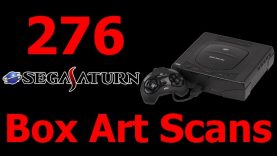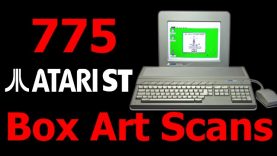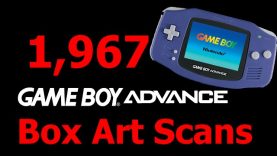Let’s Compare ( Pang / Buster Bros )
Gaming History Source
Video Locations:
1. Arcade ( Pang ) 0:50
2. ZX Spectrum ( Pang ) 2:54
3. Commodore 64 ( Pang ) 4:59
4. Amstrad ( Pang ) 7:03
5. DOS ( Pang ) 9:27
6. Gameboy ( Buster Bros. ) 11:09
7. Atari ST ( Pang ) 13:14
8. Amiga ( Pang ) 15:19
9. TurboGrafx 16 ( Buster Bros. ) 17:23
10. Super Nintendo ( Super Pang ) 19:27
11. Playstation ( Buster Bros Collection )
( Buster Brothers Original ) 21:31
12. Playstation ( Buster Bros Collection )
( Super Buster Brothers ) 24:22
Description Source:
http://en.wikipedia.org/wiki/Buster_Bros.
Buster Bros, also called Pang (パン Pan?) and Pomping World (Japanese: ポンピング・ワールド Hepburn: Ponpingu Wārudo?), is a cooperative two-player arcade video game released in 1989 by Capcom. The Buster brothers must finish a round-the-world quest to destroy bouncing balloons that are terrorizing several of Earth’s landmarks and cities. The fight to save the Earth begins on Mt. Fuji, Japan where the brothers must pass all three stages before moving on to the next location.
Conversions for home systems were produced by Ocean Software in 1990 for the ZX Spectrum, Commodore 64, Amstrad CPC, Commodore Amiga, MS-DOS and Atari ST. It is the same as “Buster Bros” except for the opening title.
The basic gameplay in Buster Bros/Pang is identical to a much earlier 1983 Japanese computer game called Cannon Ball (also released in 1983 on the ZX Spectrum as Bubble Buster). Cannon Ball was made by Japanese publishers Hudson Soft, and possibly inspired Mitchell Corp. to make Buster Bros six years later.
If you would like to support Gaming History Source. You can do so by making donations at. http://www.patreon.com/ghs













